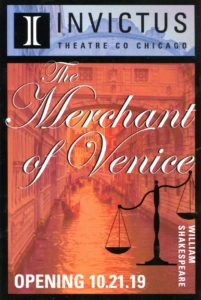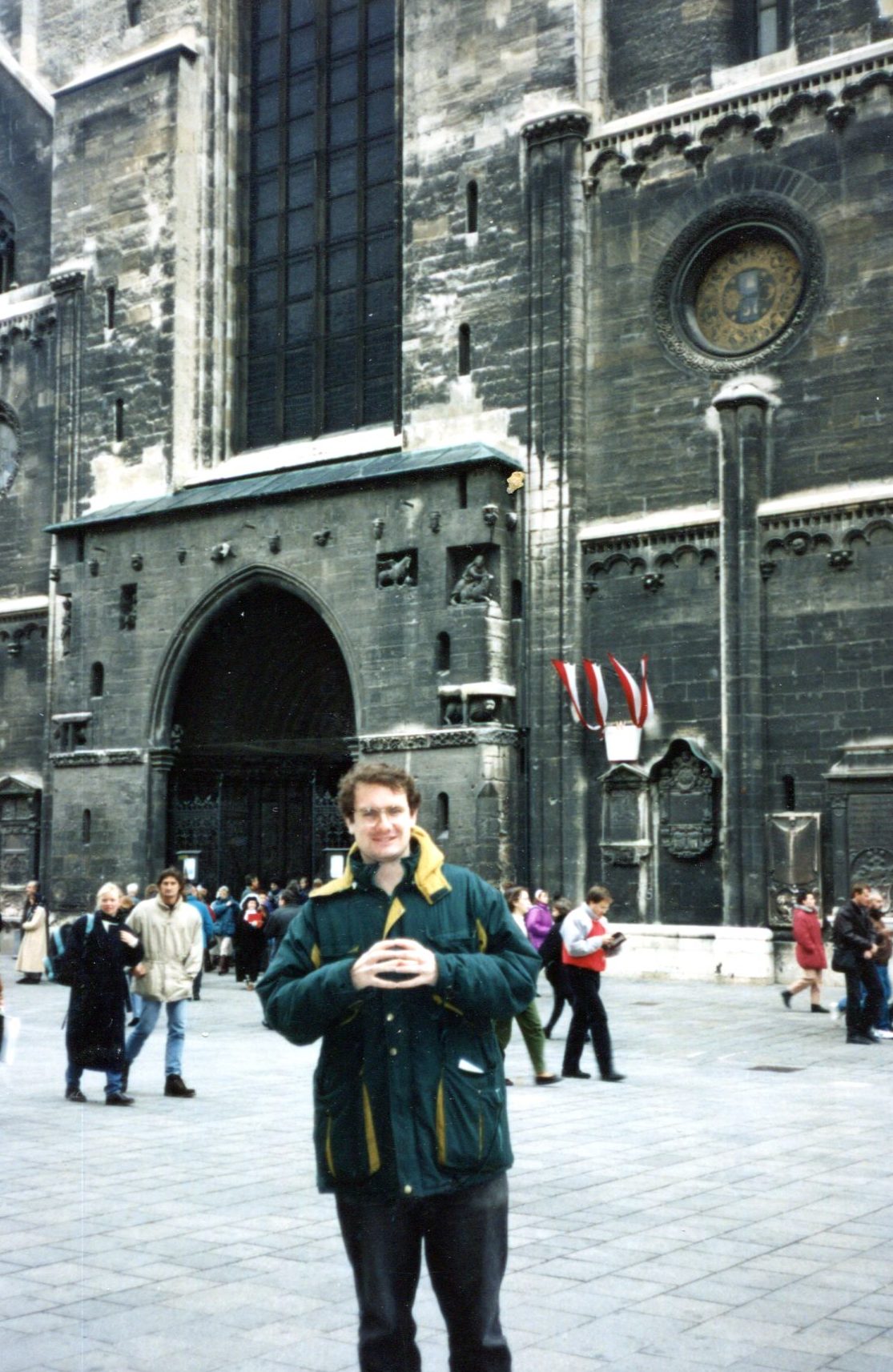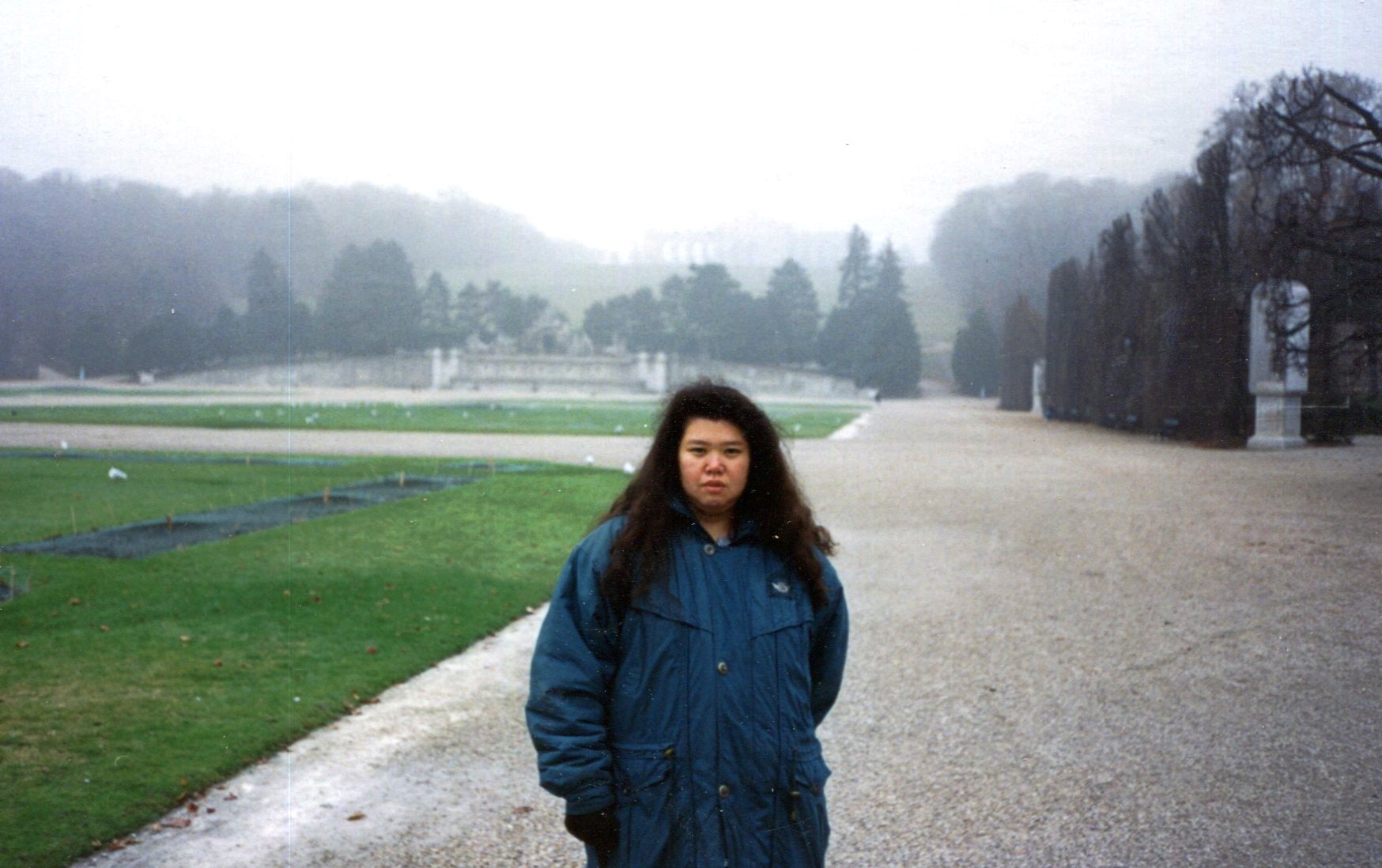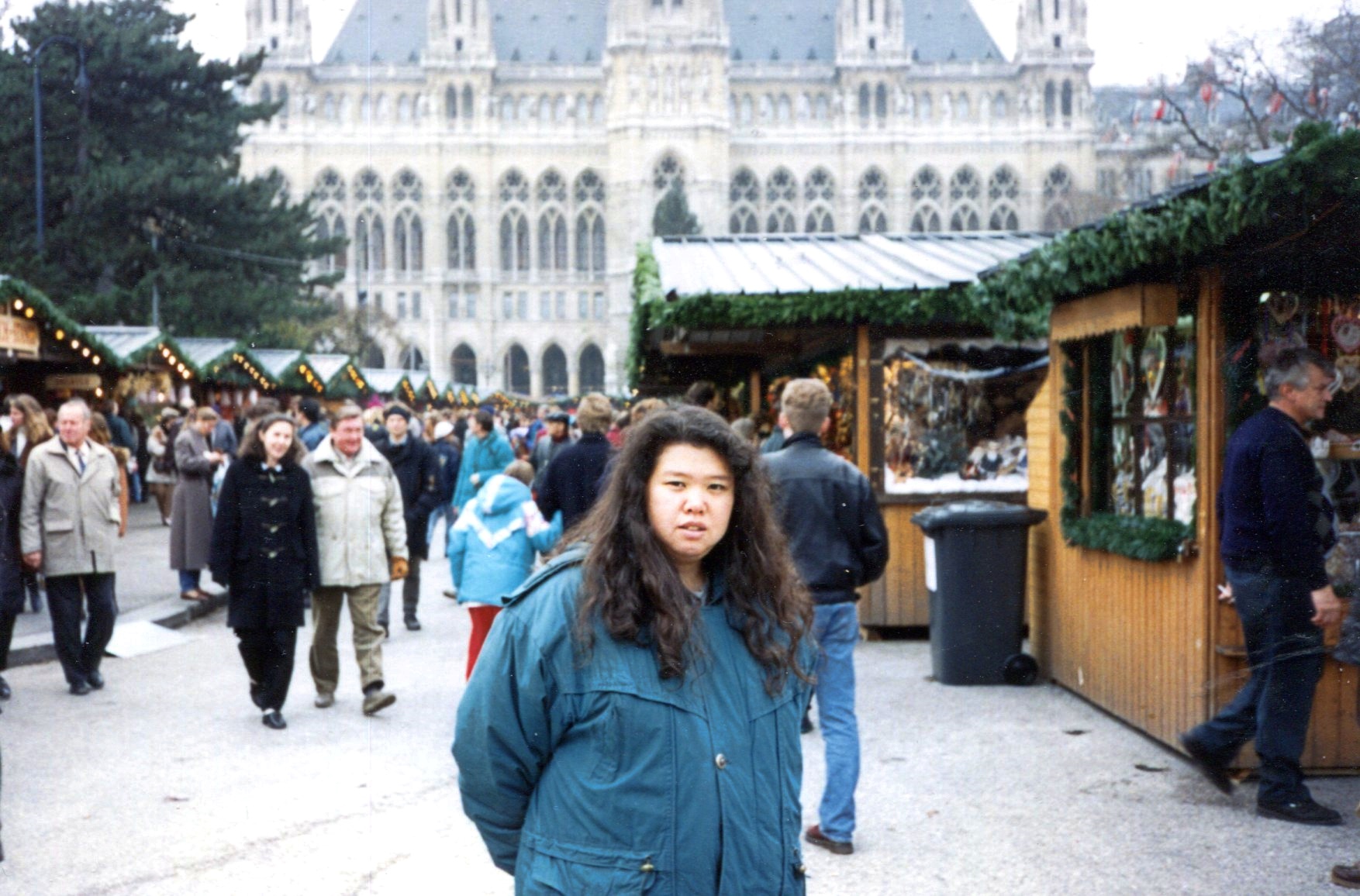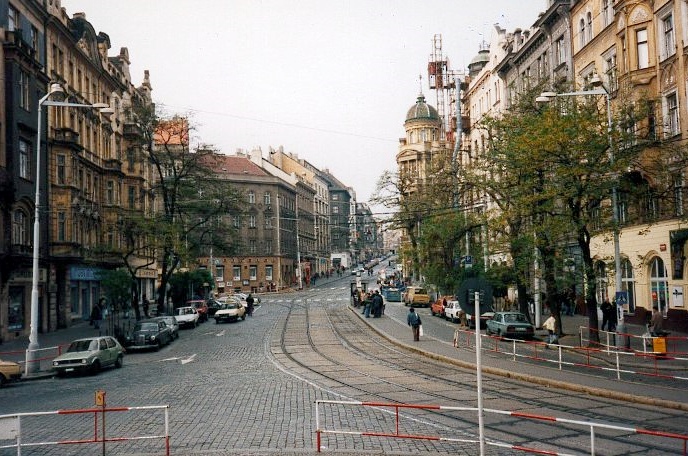The first time I ever heard of anyone denying the reality of the Holocaust was when I did an article about the fact that there were such people for my student newspaper in college, ca. 1980. I interviewed a VU history professor about it — a professor who would later teach a semester-long Holocaust seminar that I took. I’d never heard of such a thing. Who would say such a thing?
This venomous wanker, for one, who was too extreme for the John Birch Society, and who libeled William F. Buckley. For his part, Buckley said that the wanker (not his word) epitomized “the fever swamps of the crazed right.”
I don’t remember whether the wanker’s name came up in the interview, but the name of his publishing company did, which I remember after all these years. Back then, it produced books and pamphlets. Now the same ideas are spread by social media posts that sprout like poisonous toadstools.
I remembered all that when I visited the Illinois Holocaust Museum & Education Center on Sunday.
 I also remembered news reports in 1978 about Neo-Nazis who wanted to march in Skokie, which had a sizable population of Holocaust survivors. The prospect of such a march inspired the creation of the organization, the Holocaust Memorial Foundation of Illinois, that would eventually (2009) open the museum, which is in Skokie.
I also remembered news reports in 1978 about Neo-Nazis who wanted to march in Skokie, which had a sizable population of Holocaust survivors. The prospect of such a march inspired the creation of the organization, the Holocaust Memorial Foundation of Illinois, that would eventually (2009) open the museum, which is in Skokie.
The motive for founding such a museum is clear enough: tell the story, show the documentation, put the testimony out for all too see — or do nothing while evil people lie about what happened.
I arrived just in time to be admitted, at about 4 in the afternoon, under overcast skies, so it was hard to get a good look at the building. I did not, for example, notice that roughly half of the structure is black — including the entrance — and other other half white — including the exit. The entrance/exit can be seen in this photo, taken in the light of a June day. The museum is a work by Chicago architect Stanley Tigerman, who died just this year.
I only had an hour, which wasn’t enough. I need to go back sometime. The Holocaust exhibit takes up most of the first floor, which is where I spent the hour. The exhibit winds its way through a number of small rooms and alcoves, running more-or-less chronologically from a description of Jewish life in Europe in the early 20th century to the rise of the Nazis and the increasingly harsh repressions of that regime, eventually to become industrialized mass murder.
The museum acknowledges that the Nazis murdered many other people, but its focus is on the genocide of European Jews. Much of the story is familiar, at least to me, but for those less familiar with the history, the museum does a good job of walking visitors through the steps toward the Final Solution.
The many documents on display fascinated me as much as anything else. Germany, Nazi or otherwise, is a document-happy country, and there they were: letters, notes, passports, visas, orders, lists, ID papers, records of various kinds, and on and on. Now just paper on display, but some of them vitally important to the people who originally had them; probably life or death, in the case of exit papers.
The many photos were haunting. Some were of survivors, before the ordeal began, or when things were bad but not as bad as they would be. Others were of the doomed. Yet others were those whose fate is unclear, but who likely perished. The museum’s videos were short and to the point, and often featuring testimony from survivors who later lived in the Chicago area, the ranks of whom must now be thinning rapidly. They told of uncertainty, suffering, everyday life in the ghettos, the struggle to escape, efforts to resist against impossible odds.
By the time the museum announced that it was closing, I’d made through the early Nazi years and the beginning of the war and to the first displays concerning the Final Solution, but I could have easily spent more time.
From that point in the museum, finding the exit turned out to be more of a challenge than I’d have thought. Tigerman and interior designer Yitzchak Mais made a little maze-like, a little disorienting, which must have been on purpose. I’ve read similar things about the U.S. Holocaust Memorial Museum in Washington, DC. I navigated my way out using the red-letter EXIT signs mandated by fire codes.



